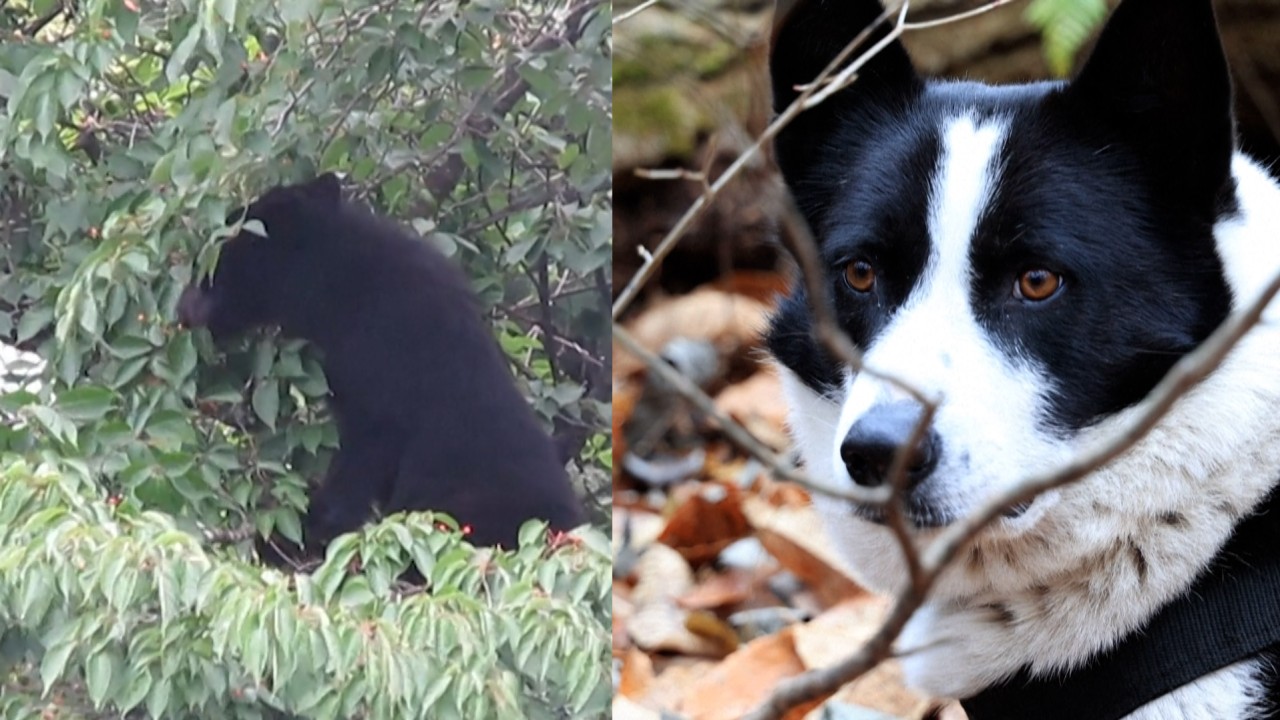
Japan’s bears in ‘bad mood’ and hungry as attacks on humans surge
- Japanese authorities have issued a warning for hikers and others to stay alert for bears emerging from hibernation
- This comes after a record high of 219 people were reportedly attacked by bears in Japan’s recent financial year, six of whom died
According to a wildlife expert, bears that had crossed paths with Japanese residents in the past few weeks were hungry, “in a bad mood” and “not keen to hang out with humans”.
The warning comes after a record high of 219 people were reportedly attacked by bears in the financial year that ended on March 31. Six of those were fatal attacks, including the death of a fisherman on a lake in Hokkaido in May. The 1.5-metre-long bear was found with the man’s waders in its mouth and was shot dead.
Since the start of the financial year on April 1, authorities across Japan have reported 32 bear sightings, 50 per cent more than in a typical year, the ministry said.
Following several bear sightings in Akita prefecture, in the far north of Honshu, the prefectural government issued a black bear warning for residents on April 18, the earliest it has called on the public to be alert to the danger since such warnings were introduced in 2016.
How serious is the ‘flesh eating’ infection outbreak spreading across Japan?
“In general, bears tend to come out of hibernation each spring in a bad mood. They are skinny, they are hungry and they are easily riled up,” said Kevin Short, a naturalist and former professor of cultural anthropology at Tokyo University of Information Sciences.
“At this time of the year, they are not keen to hang out with humans,” he told This Week in Asia.
The recent winter, however, had been particularly challenging, he said.
“Last autumn saw an almost total failure of the nut harvest, especially of beech nuts, and that is what the bears rely on to fatten themselves up just before they go into hibernation,” he said. “The crop was the worst that I can remember and a lot of bears went into hibernation without sufficient energy reserves to get them through the winter.”
As a result, they emerged relatively early, partly due to the warmer winter temperatures this year, and were also very hungry, Short said.
Humans typically encounter bears when they are hiking in the mountains or when they gather mountain vegetables. However, there have been more cases of bears approaching farms, villages and even the outskirts of towns and cities as they forage for food, Short said.
The more hungry they are, the more likely they are to take a chance on approaching residential districts, according to Short.
A Hokkaido bear hunter told Short that bears “tend to be more aggressive in the spring”.
Short said: “They are hungry, and they are more motivated to defend their food supply. In the autumn, there is usually a far greater availability of food but in the spring they will respond aggressively if they perceive a threat to their food.”
In early April, a bear appeared close to a restaurant on the outskirts of Fukuchiyama City, in Kyoto prefecture. In another incident, a man in his 70s picking wild vegetables in the mountains of Iwate prefecture was attacked and injured.
In Japan, ‘rare’ bear sightings spark alarm, rampage fears in remote communities
With sightings and attacks increasing across Hokkaido recently, the prefectural government introduced a new system last year that grants permits to hunters to operate in mountain areas in the spring.
Brown bears had come under protection in the past after widespread hunting caused their numbers to plummet. But their population has doubled in recent years, national broadcaster NHK reported, forcing local authorities to allow large-scale hunting.
Efforts are also being made to educate the public on the steps they should take if they encounter a bear in certain areas.
A series of 30-second infomercials on dealing with bears for anyone on foot, on a bicycle or in a car were broadcast by NHK last year.
Hifumi Tsuruga, a bear expert at the Hokkaido Research Organisation, said it is important to take precautions to avoid meeting bears but knowing what to do in a worst-case scenario is even more important.

“The most important thing is to avoid an encounter, if at all possible,” he said. “Use a whistle and talk to the people you are with to tell the animals that you’re in the vicinity and give them a chance to evade. I would strongly recommend that anyone planning to be in an area that is a habitat for bears be in a group of more than two people.”
Tsuruga also suggested carrying pepper spray and aiming at a bear’s eyes and sensitive nose in a confrontation.
“If you do see a bear, back away slowly but keep watching the bear,” he said. He also warned against running away from or turning one’s back on a bear as the animal’s instinct would be to give chase.
If confronted by a bear with cubs, the best approach may be to lay face down and protect one’s neck, face and stomach from bites and scratches, Tsuruga said. Wait until the bear has left before escaping, he added.


